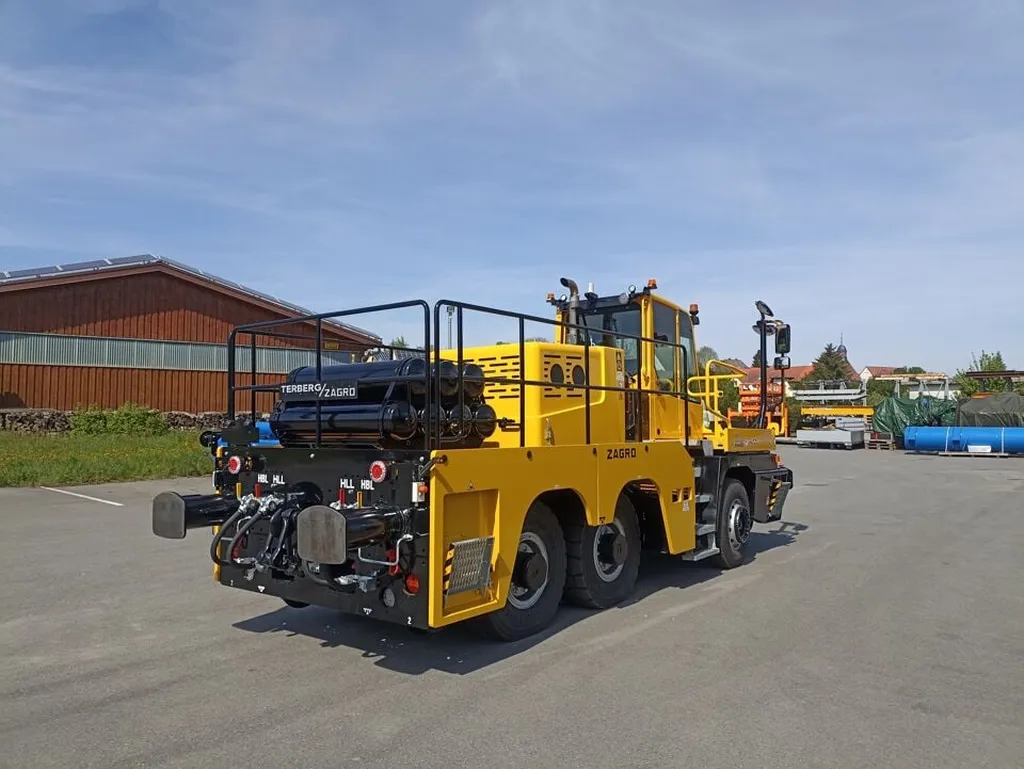In the undulating landscapes of southern China, where orchards dot the hilly terrains, a significant challenge has long persisted: the efficient transportation of heavy agricultural machinery. Conventional single-track rail systems, while functional in flatter regions, often falter in these rugged areas. Enter Cheng Lin, a researcher from the School of Mechatronics & Vehicle Engineering at East China Jiaotong University, who, along with his team, has developed a double-track rail transportation system tailored for these challenging terrains.
The innovation lies in the rail itself, a critical component that Lin describes as “the backbone of the system.” The rail’s structural properties are pivotal in determining the machine’s stability and operational performance. To understand these properties better, Lin and his team employed resistance strain gauges to analyze the stress-strain distribution of the track under a full load of 750 kg. This data is crucial for designing a system that can withstand the demands of heavy agricultural machinery.
But Lin’s team didn’t stop there. They also conducted experimental modal analysis (EMA) using the impact hammer method and triaxial acceleration sensors. This process, combined with the Eigensystem Realization Algorithm (ERA), allowed them to identify the first 20 natural modes and their corresponding parameters with high precision. As Lin explains, “This comparative analysis between finite element simulation results and experimental measurements has revealed the double-track rail’s inherent vibration characteristics under different conditions.”
The implications of this research are substantial. By understanding the dynamic performance of these rails, engineers can optimize rail structures and mitigate resonance issues, leading to more efficient and stable transportation systems. This is not just about moving machinery; it’s about enhancing productivity and transportation efficiency in agricultural operations, which can have a ripple effect on the broader economy.
The study, published in the journal ‘Sensors’ (translated from Chinese as ‘传感器’), provides a theoretical foundation for future developments in rail transportation systems. As the world grapples with the challenges of climate change and the need for sustainable agriculture, innovations like Lin’s double-track rail system could play a crucial role in shaping the future of agricultural machinery transport.
In the words of Lin, “The advancement of hilly and mountainous rail transportation systems holds significant promise for enhancing productivity and transportation efficiency in agricultural operations.” This promise extends beyond the fields and orchards, reaching into the heart of the energy sector and beyond. As we look to the future, the work of researchers like Cheng Lin offers a glimpse of the innovative solutions that will drive us forward.

